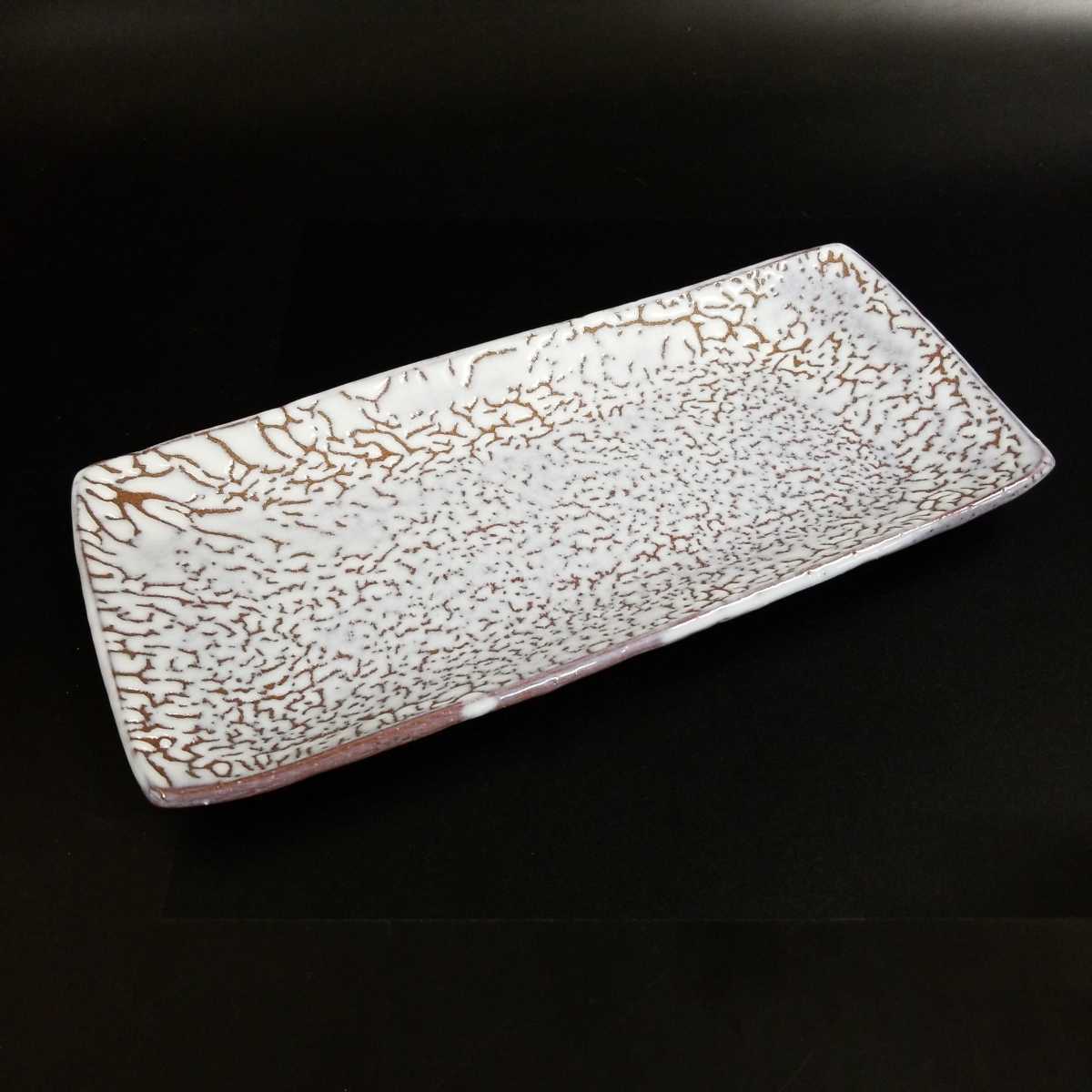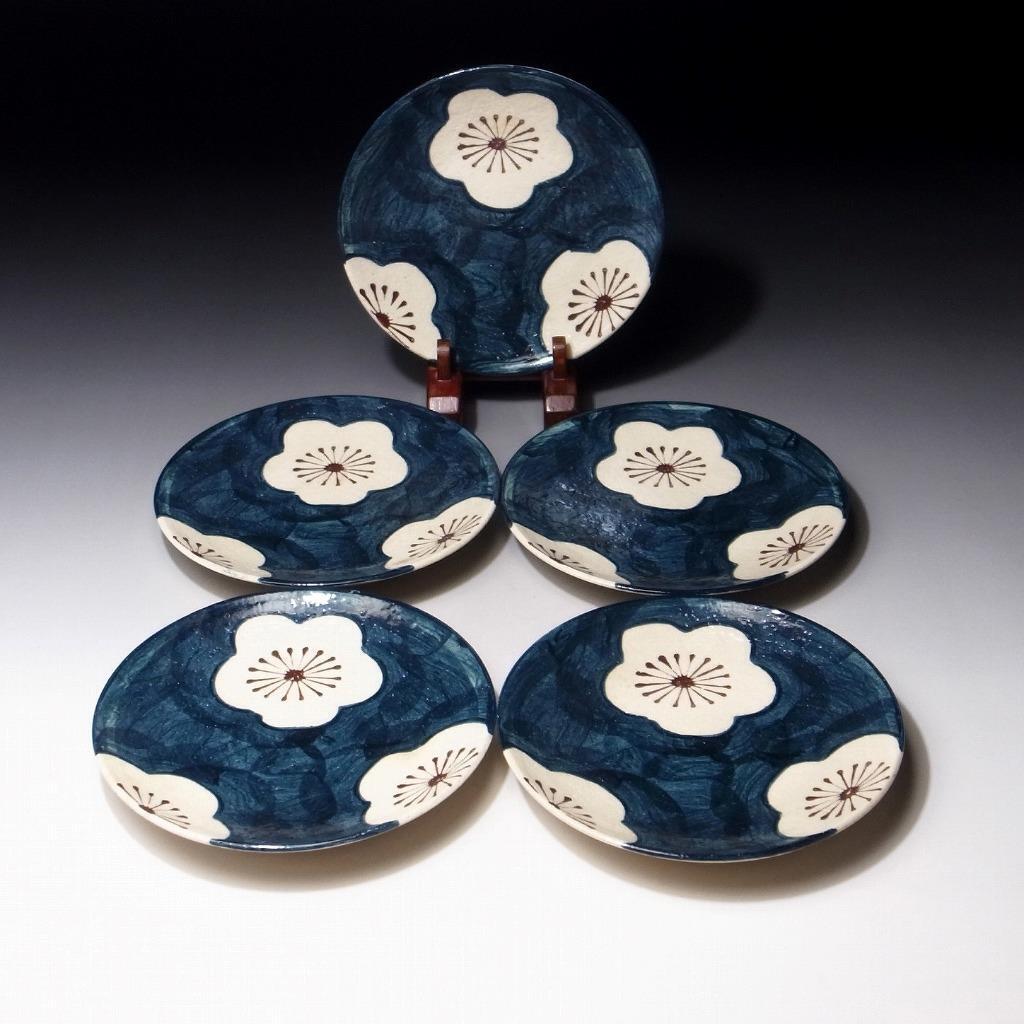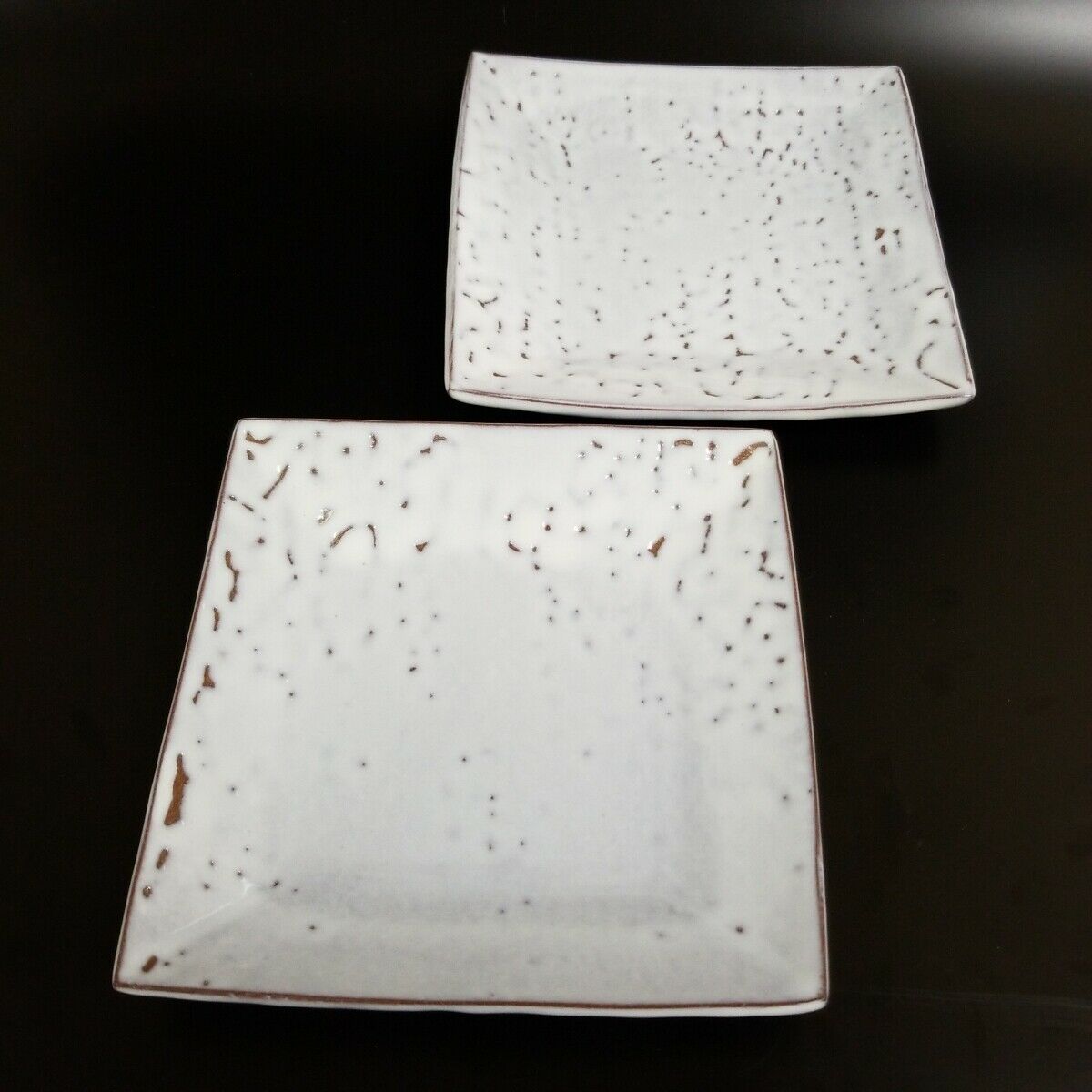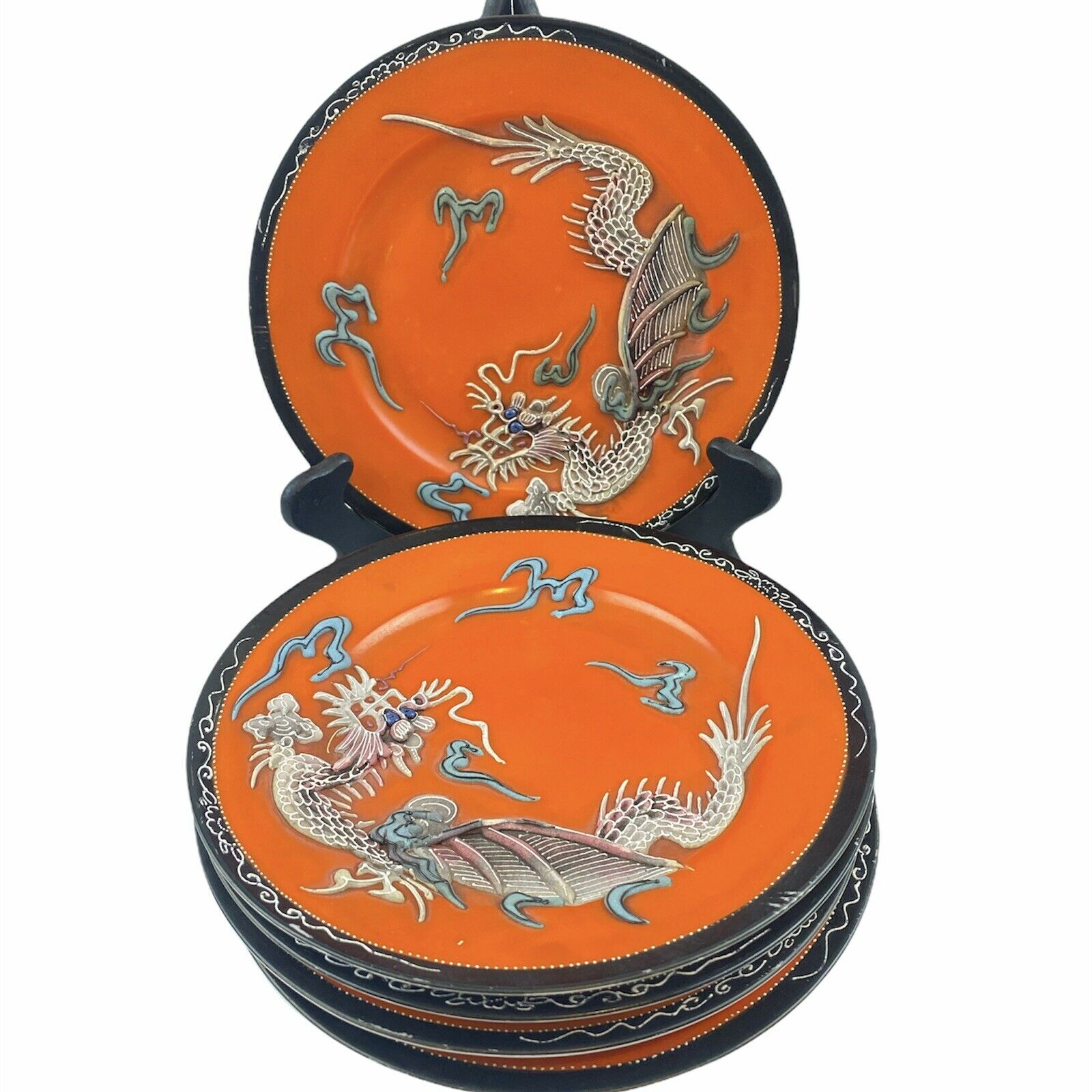-40%
$WN47: Vintage Japanese Hand-painted plate, Imari ware, Nanban trade, 13.2"
$ 18.48
- Description
- Size Guide
Description
$WN47: Vintage Japanese Hand-painted plate, Imari ware, Nanban trade, 13.2"$WN47: Vintage Japanese Hand-painted plate, Imari ware, Nanban trade, 13.2"
Click images to enlarge
Description
We can ship WORLDWIDE !!!
The shipping cost discount for multiple purchases (In case of Registed SAL shipment) :
2-5 items : 30% Discount
6-10 items : 35% Discount
11 and more items : 40% Discount
1) ITEM DESCRIPTION
Condition :
As shown in the picture, it's very good condition. No chips, No cracks.
Size :
Width 13.2"(33.5cm) x Depth 8.1"(20.5cm) x Height 4.1"(10.5cm)
Item Description :
This is a vintage Japanese hand-painted porcelain plate of Imari ware (Arita ware), which was made about 70-80 years ago.
Nanban trade in old times are hand painted.
(About Nanban trade)
The Nanban trade or Nanban trade period, was a period in the history of Japan from the arrival of Europeans in 1543 to the first Sakoku Seclusion Edicts of isolationism in 1614. Nanban is a Japanese word which had been used to designate people from Southern China, Ryukyu islands, Indian Ocean and Southeast Asia centuries prior to the arrival of the first Europeans. For instance, according to the Nihongi ryaku, Dazaifu, the administrative center of Kyūshū, reported that the Nanban (southern barbarians) pirates, who were identified as Amami islanders by the Shoyuki (982–1032 for the extant portion), pillaged a wide area of Kyushu in 997. In response, Dazaifu ordered Kikaijima to arrest the Nanban.
The Nanban trade as a form of European contact began with Portuguese explorers, missionaries, and merchants in the Sengoku period and established long-distance overseas trade routes with Japan. The resulting cultural exchange included the introduction of matchlock firearms, galleon-style shipbuilding, and Christianity to Japan. The Nanban trade declined in the early Edo period with the rise of the Tokugawa Shogunate which feared the influence of Christianity in Japan, particularly the Roman Catholicism of the Portuguese. The Tokugawa issued a series of Sakoku policies that increasingly isolated Japan from the outside world and limited European trade to Dutch traders on the island of Dejima.
Imari porcelain is the European collectors' name for Japanese porcelain wares made in the town of Arita, in the former Hizen Province, northwestern Kyushu, and exported from the port of Imari, Saga, specifically for the European export trade. In Japanese, these porcelains are known as
Arita-yaki.
2) SHIPPING COST
a) USA: Airmail (
No tracking
)
US.8/ DHL Express mail US.0
b) ASIA, CHINA:
Airmail (
with tracking number
)
US.0/ DHL Express mail US.0
c) EUROPE, UK: Airmail (
with tracking number
) US.8/ DHL Express mail US.0
f) JAPAN: Takkyubin (with tracking) US.8
3) ABOUT SHIPPING METHODS
a) Airmail (No tracking) of JAPAN POST
Estimated Delivery time About 3-5 weeks
b) If Express mail (DHL, FedEx or EMS) is better for you, please ask us about shipping cost.
4) PAYMENT
Only Paypal payment is accetable. If you'd like an other payment method, please contact me before winning a bid.
Thank you for looking and happy bidding !
Images sell!
Get Supersized Images & Free Image Hosting
Create your brand with Auctiva's
Customizable Templates.
Attention Sellers - Get Templates
Image Hosting, Scheduling at Auctiva.com.
Track Page Views With
Auctiva's FREE Counter




















